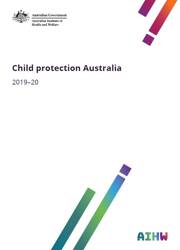Summary
Each year, around 3% of all children aged 0–17 are assisted by Australia’s child protection systems. Some children are unable to live safely at home as they may be at risk of being abused or neglected, or their parents may be unable to provide adequate care. Children and their families may receive support services to keep children with their families, or be subject to investigations of reports of child abuse/neglect, protection orders, and/or placement in out-of-home care, such as with a relative or foster carer.
This report presents statistics on state and territory child protection and family support services, and selected characteristics of children receiving these services. This includes statistics for 2019–20, and trends over the 5-year period from 2015–16 to 2019–20.
1 in 32 children aged 0–17 received child protection services in 2019–20
 174,700 children received child protection services in 2019–20. More than half (57%) of these children were the subject of an investigation only, and were not subsequently placed on a care and protection order or in out-of-home care. A small proportion (7%) of children were involved in all 3 components of the system.
174,700 children received child protection services in 2019–20. More than half (57%) of these children were the subject of an investigation only, and were not subsequently placed on a care and protection order or in out-of-home care. A small proportion (7%) of children were involved in all 3 components of the system.
67% of children receiving child protection services were repeat clients—that is, the children had previously been involved with the child protection system.
Emotional abuse was the most common type of abuse or neglect
 Emotional abuse (54%) was the most common type of abuse or neglect substantiated through investigations in 2019–20. This was followed by neglect (22%), physical abuse (14%), and sexual abuse (9%). A higher proportion of girls (13%) were subject to sexual abuse than boys (6%), while boys had slightly higher percentages of substantiations for neglect and physical abuse.
Emotional abuse (54%) was the most common type of abuse or neglect substantiated through investigations in 2019–20. This was followed by neglect (22%), physical abuse (14%), and sexual abuse (9%). A higher proportion of girls (13%) were subject to sexual abuse than boys (6%), while boys had slightly higher percentages of substantiations for neglect and physical abuse.
Children from remote areas had the highest rates of substantiation
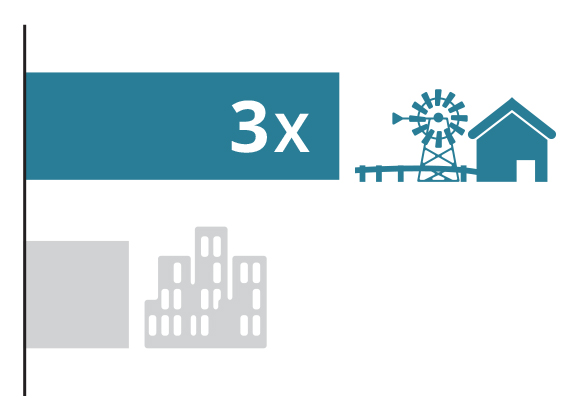 Children from Very remote areas had the highest rates of substantiation (24 per 1,000 children) and were more than 3 times as likely as children from Major cities (7 per 1,000 children) to be the subject of a substantiation in 2019–20.
Children from Very remote areas had the highest rates of substantiation (24 per 1,000 children) and were more than 3 times as likely as children from Major cities (7 per 1,000 children) to be the subject of a substantiation in 2019–20.
Almost 46,000 children were in out-of-home care
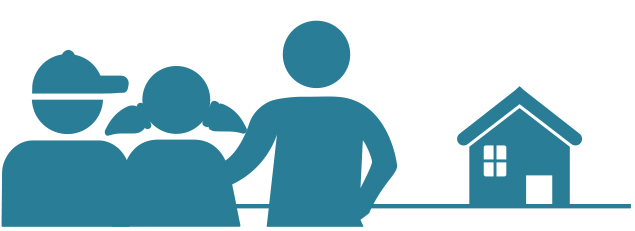 At 30 June 2020, of the approximately 46,000 children in out-of-home care, 92% were in home‑based care. Most of the children in out-of-home care (94%) were on care and protection orders and 67% had been continuously in out-of-home care for 2 years or more.
At 30 June 2020, of the approximately 46,000 children in out-of-home care, 92% were in home‑based care. Most of the children in out-of-home care (94%) were on care and protection orders and 67% had been continuously in out-of-home care for 2 years or more.
Trends over time for children in out-of-home care
The number of children in out-of-home care rose by 7% between 30 June 2017 and 30 June 2020 (from 43,100 to 46,000). During this time the rate of children in out-of-home was relatively steady at 8 per 1,000 children.
Trends for children in out-of-home care have been affected by varying definitions over time. From 2018-19, all jurisdictions report out-of-home care data according to a national definition and time series analyses in this report have been back cast to 2016–17. Out-of-home care data in this report should not be compared with data published prior to Child protection Australia 2018–19.
Over 30,600 children had been in out-of-home care for 2 years or more
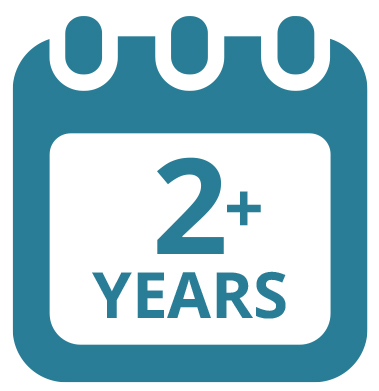 At 30 June 2020, of the approximately 30,600 children in long-term (2 years or more) out-of-home care, 82% were on long-term guardianship orders and in either relative/kinship care (11,200) or foster care (11,300).
At 30 June 2020, of the approximately 30,600 children in long-term (2 years or more) out-of-home care, 82% were on long-term guardianship orders and in either relative/kinship care (11,200) or foster care (11,300).
Of the children in long-term out-of-home care, 2 in 5 (42%) were Indigenous.
Almost 6,700 children exited out-of-home care to a permanency outcome
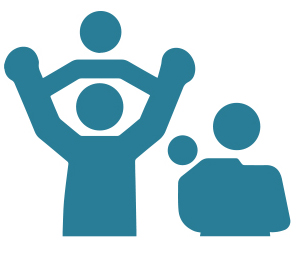 Of the 6,700 children exiting to a permanency outcome during 2019–20, around 5,300 were reunified with family (19% of children in out-of-home care for whom reunification was a possibility), 1,200 were placed in a third party parental care arrangement (2% of children in out-of-home care) and 162 were adopted (less than 1% of children in out-of-home care).
Of the 6,700 children exiting to a permanency outcome during 2019–20, around 5,300 were reunified with family (19% of children in out-of-home care for whom reunification was a possibility), 1,200 were placed in a third party parental care arrangement (2% of children in out-of-home care) and 162 were adopted (less than 1% of children in out-of-home care).
1 in 6 Aboriginal and Torres Strait Islander children received child protection services
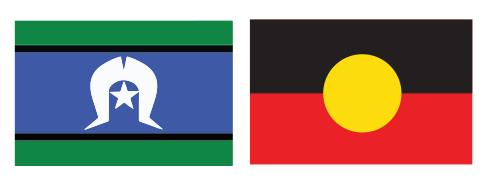 Indigenous children continue to be over-represented among children receiving child protection services, including for substantiated child abuse and neglect, children on care and protection orders and children in out-of-home care.
Indigenous children continue to be over-represented among children receiving child protection services, including for substantiated child abuse and neglect, children on care and protection orders and children in out-of-home care.
In 2019–20, 55,300 Indigenous children received child protection services, a rate of 166 per 1,000 Indigenous children—an increase from 151 per 1,000 in 2016–17.
14,300 Indigenous children were the subject of a substantiation in 2019–20. The most common type of substantiated abuse for Indigenous children was emotional abuse (47%) followed by neglect (32%).
At 30 June 2020, 23,300 Indigenous children were on care and protection orders. Of these children, 68% (15,900) were on guardianship or custody orders.
1 in 18 Indigenous children (around 18,900) were in out-of-home care at 30 June 2020, almost two-thirds (63%) of whom were living with relatives, kin or other Indigenous caregivers.
Over 4 in 5 Indigenous children (84%) who exited out-of-home care to a permanency outcome in 2018–19 did not return to care within 12 months.
Summary
30 years of child protection reporting at the AIHW
1. Introduction
2. Children receiving child protection services
3. Notifications, investigations, and substantiations
4. Care and protection orders
5. Out-of-home care
6. Permanency
7. Carers
8. Intensive family support services
Appendix A: State/territory trend data
End matter: Acknowledgments; Abbreviations; Symbols; Glossary; References; Bibliography; List of tables; List of figures; List of boxes; Related publications



